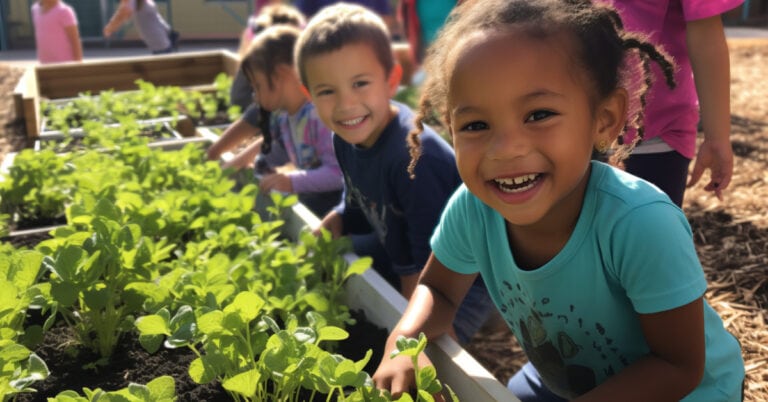By Courtney Branch, Miracle Grounds Farm Coordinator
See those daffodils beginning to bloom?! Believe it or not, it’s time to start your spring garden planning. If you are new to gardening, this might be an intimidating task. No fear! We are here to help.
Purchase Your Seeds
Where do you begin? Let’s assume you have a small yard and a raised bed. Or maybe a few containers in which you plan to grow your own vegetables. What do you plant? What about your soil? It may be covered in dying weeds or plants from the previous year. Do you leave it alone or add more?
The first step is to make a list of what you want to grow. If you have not already done so, now is the time to place an order for your seeds. I recommend Johnny’s Seeds, High Mowing Seed Company, or Sow True Seed. If possible, I suggest buying from a local company in your region because they are most likely to have seeds from plants growing nearby.
Create a Planning Calendar
Once you’ve ordered your seeds, the next step is to create a planting calendar. This would include drawing out your bed for spring or making a plan for your containers. Each packet of seed will tell you how big your plant will get, so taking some measurements and knowing your placement plan can be a huge help. You can note in your drawing how long each plant will take to produce fruit. Marking the time it takes to grow your plant can be very helpful so that you know when to expect food, plan your meals, and when to start preparing for a possible rotating crop.
Plant & Seed Suggestions
Below is a easy seed list to begin your Spring garden:
- Carrots – Direct Seed
- Radish – Direct Seed
- Kale – Direct or Transplant
- Spinach – Direct or Transplant
- Broccoli – Transplant
- Cabbage – Transplant
- Peas – Direct Seed
- Garlic – Direct Seed
- Potatoes – Direct Seed
Out with the Old
You have made your plans and bought your seeds. Now it’s time to start planting. First, let’s clear out old plants in your raised beds and maybe add some new raised bed soil to the current mix. Note that just because your soil has been sitting all winter does not mean it is depleted. If you really want to know what your soil properties are, get a soil test through your local extension office.

Some seeds such as carrots, radish, onions, and turnips can be directly sown in your bed at this time. Other seeds, especially ones that will be flowering in the summer (tomatoes, eggplant, peppers) can be started in trays indoors at this time. You may also start your broccoli, leafy greens, and cabbage in trays if not in your beds.
Careful Coverage
Note that there is a high chance of freezing temperatures between now and mid-April. If you are planting outdoors keep a row cover on hand. You can buy these at your local hardware store. Plan to cover your crops at night if the temperature is predicted to drop below 32 degrees. The soil I would buy for starting plants indoors is an organic propagation mix. I use Sungro Propagation Mix or Daddy Pete’s Lite Mix. When starting your seeds indoors make sure you have adequate light. If your house doesn’t have much light, consider buying a grow light.
Prune and Tidy Up
While your seeds are growing indoors, take time to clean up your garden outdoors. Prune back trees, shrubs, and vining plants. Cut back the dead plants that you kept in your garden over winter for bug hibernation. This is a great time to re-mulch, wood chip your pathways, or repair broken structures in the garden.

I hope this helps you get started. Research shows that digging in the dirt improves life satisfaction and lifts your spirits. Don’t have a garden of your own? We’d love to help you improve your mood while improving our garden. If you’re near our Winston-Salem campus and would like to get involved with garden volunteering, email me at farm@crossnore.org.
Here’s to happy gardening!



